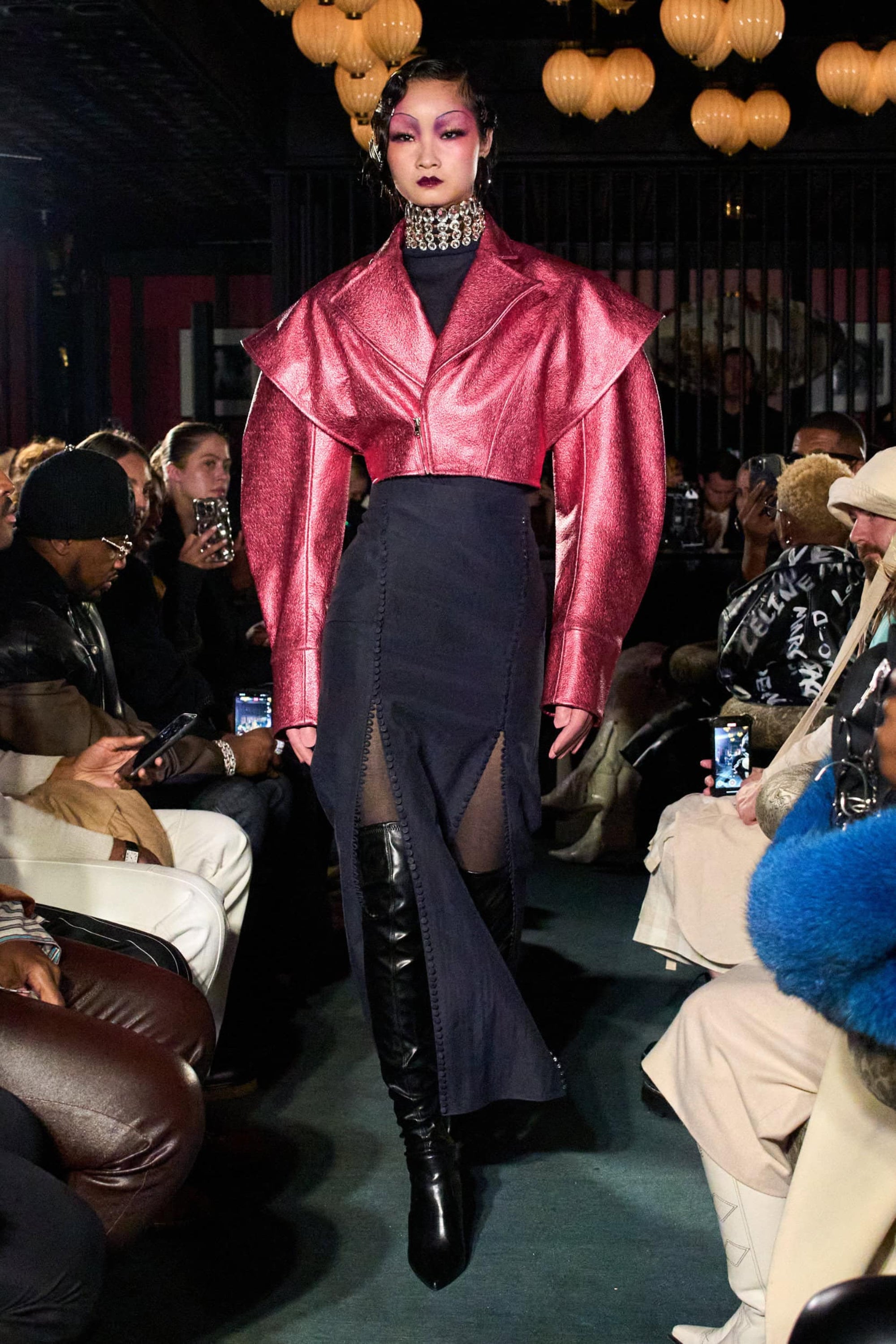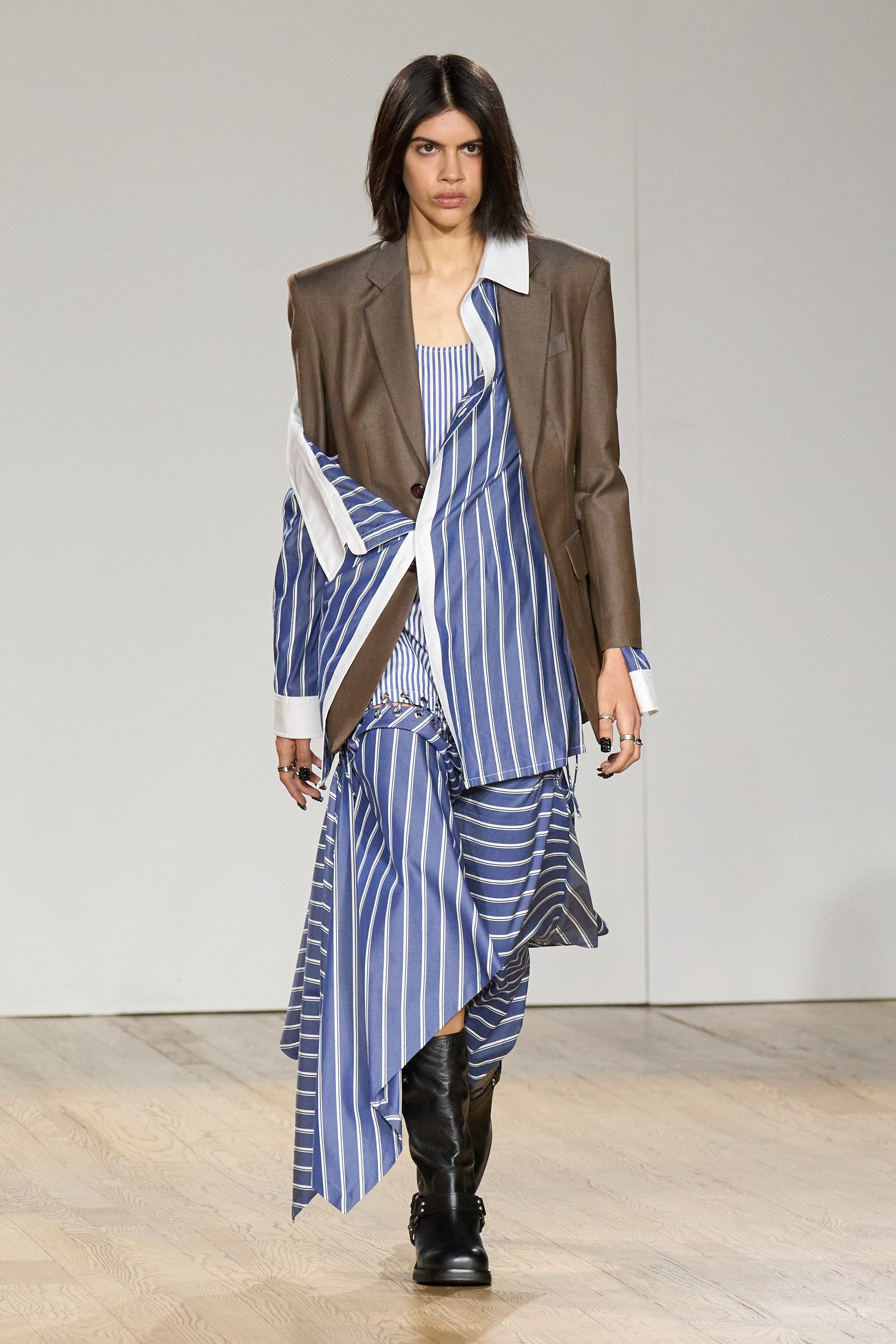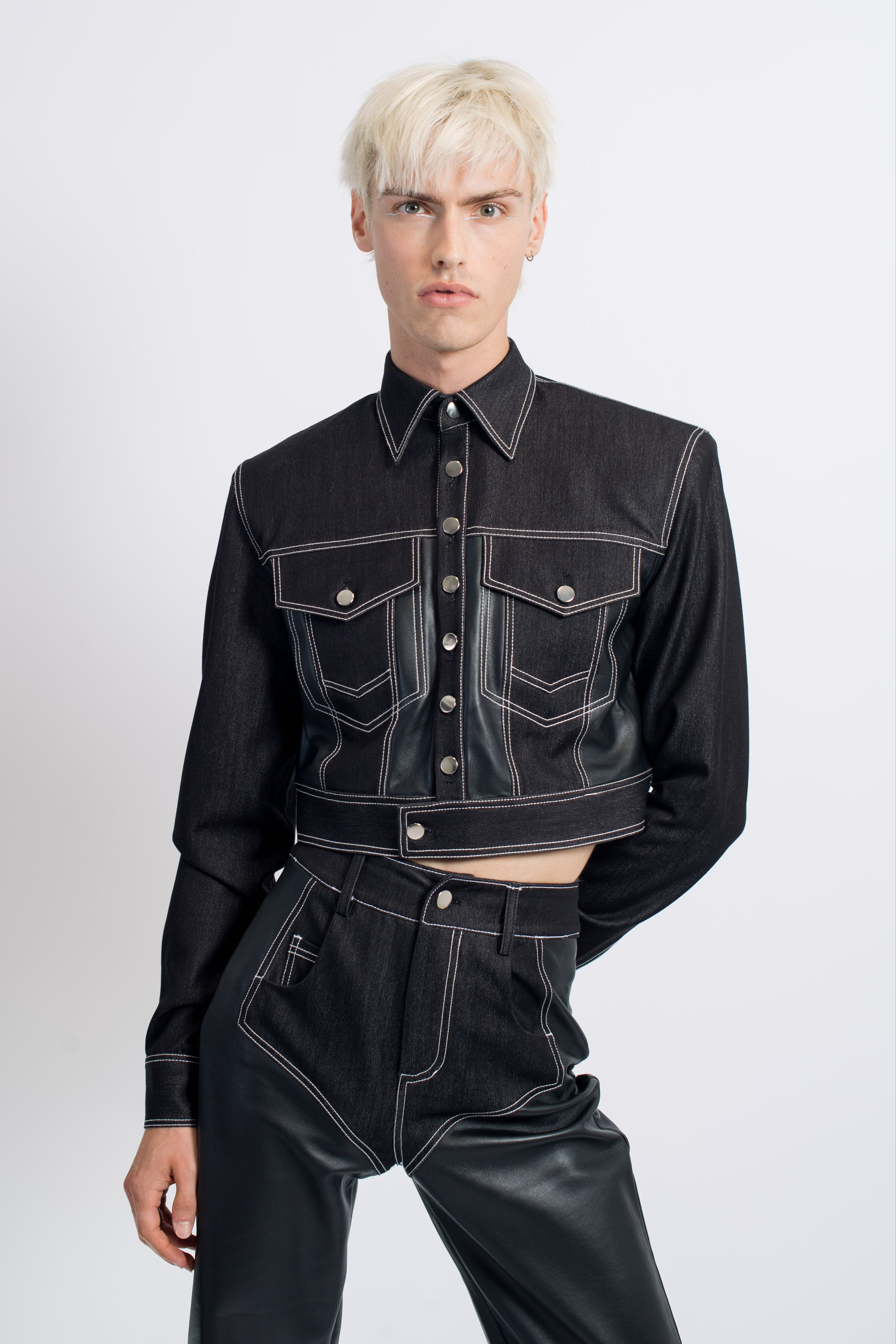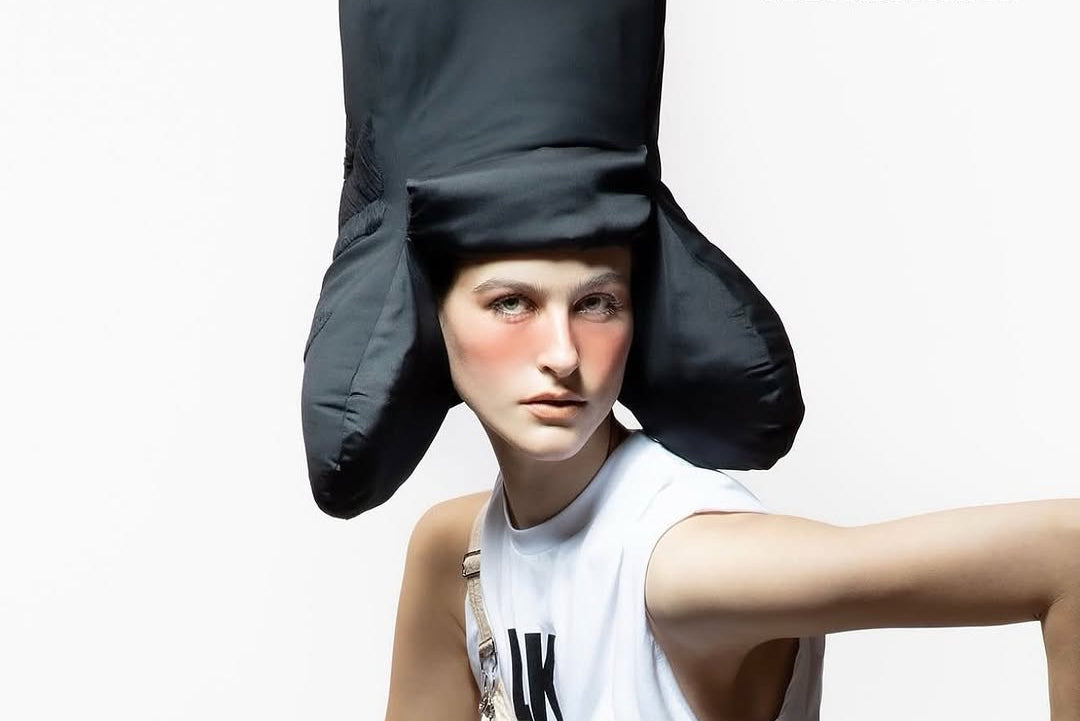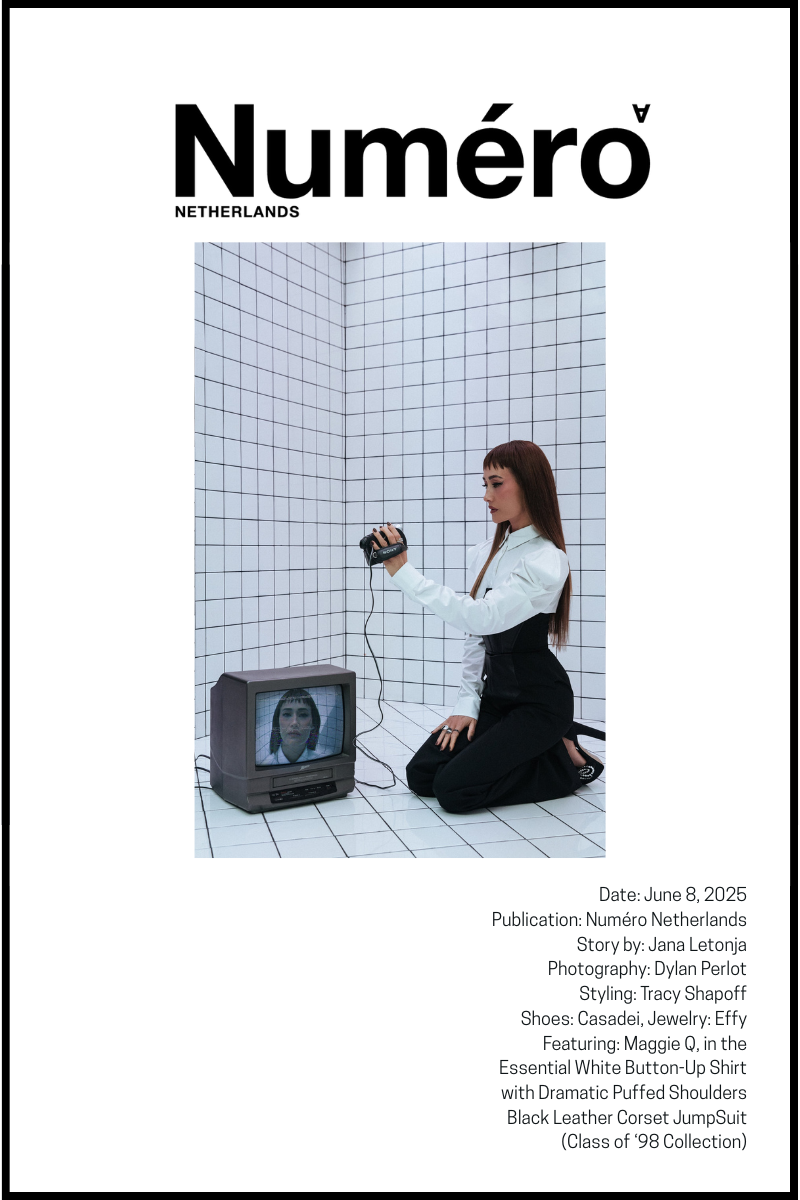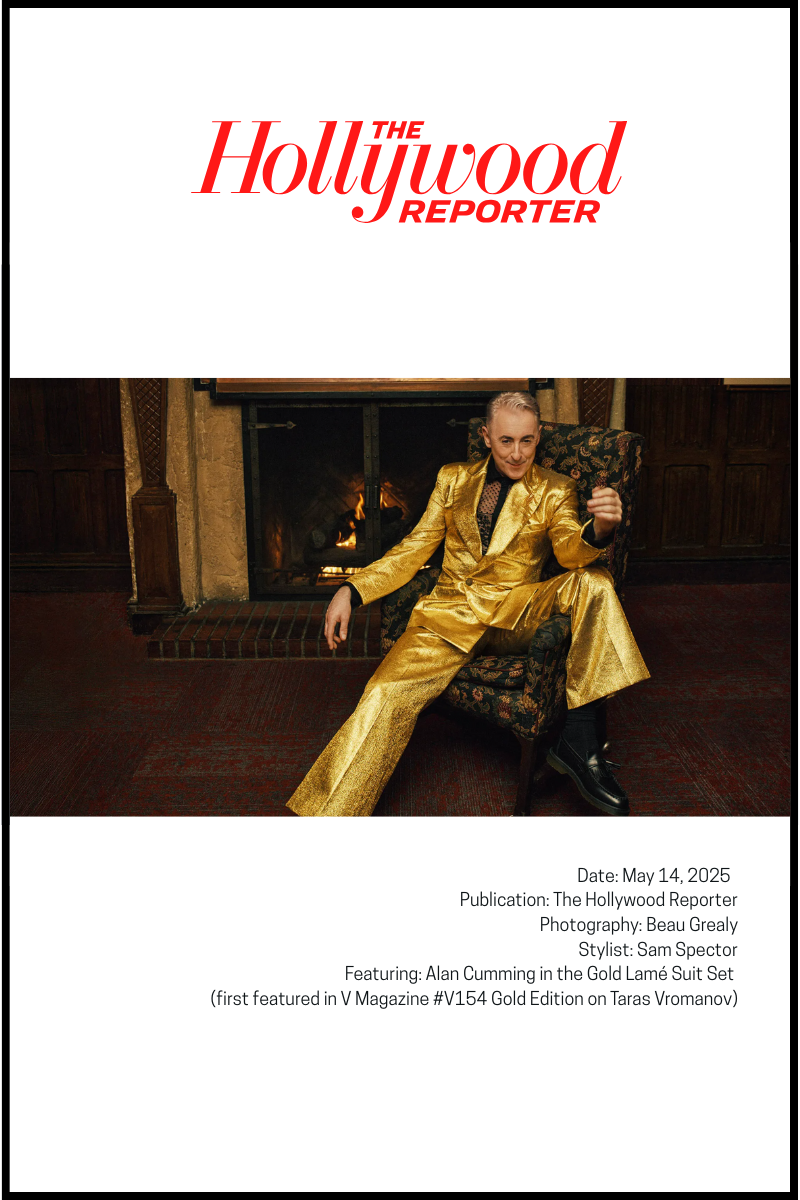Story by: Nathan Wang
Comedian Atsuko Okatsuka has always had a knack for walking the tightrope between pain and punchline. Since immigrating to America, her life has predictably moved at a relentless pace; however, with wit as her compass, she has kept up, turning chaos into comedic choreography that entertains others and soothes the hardships of life. Her talent extends beyond her words and into an animated dance on stage reminiscent of her high school cheerleading days. Okatsuka’s comedic thesis embraces the spirit of cheer and fosters greater empathy for others in the world.
Okatsuka is uniquely equipped to teach that lesson, too. Born in Taiwan, raised in Japan, and later immigrating to the United States, Okatsuka sees each culture through a distinct lens—a source of both challenge and inspiration in her comedy. Beyond her specific immigrant journey, Okatsuka still wisely emphasizes the universality of the human experience, capturing emotional truths that transcend borders. Audiences watching Okatsuka are not only enthralled by the depth of her humor but also by her vibrant taste in fashion.
Okatsuka’s newest Hulu comedy special, Father, is no exception to her unique style. By juxtaposing her fans’ nickname for her – Mother – with her self-image as a father-figure, she elevates her humor to new heights as she explores the world through a refreshing paternal lens. While she explores a change of perspective, she remains true to her family’s roots and culture in both the most subtle and striking moments. From her distinguishable bowl cut to growing up undocumented in a garage with three generations of women, Okatsuka is unafraid to seek joy in life’s messiest contradictions. In this powerful moment on stage, Okatsuka, as she shared with Timid, hopes viewers read between the lines in understanding that Father discusses more than gender roles; it is about reclaiming identity in a world that otherwise expects neat categories.
TM: What does “Father” mean to you both in the sense of your upcoming special, your family, and anything in between?
Atsuko Okatsuka: Father has a few meanings in my special. I talk a little bit about reconnecting with my dad. My fans call me "Mother," but mothers have it together, so I'm more "Father." It also comes out on Father’s Day weekend for that reason. There was no man in our family. After we moved to America, there was my uncle, but still, for the most part, it was three generations of women together.

TM: You've had a very interesting backstory. Is translating that into humor a skill you've developed over time, or something that came naturally?
AO: At first, it was a defense mechanism. It was self-soothing. Some people sing to themselves or rock themselves in the corner—there are different things people do to calm down from a chaotic or sad moment. For me, I’ve always been an observer of situations. Growing up with a mom with schizophrenia, living in a garage, and being undocumented. Those things could be sad, but sometimes you go, ‘It’s pretty funny that there are three generations of women living in a garage.’ That’s not enough space to hold someone going through menopause and puberty at the same time. Being able to spell out the absurdity makes it so you can laugh.
TM: Was there ever a joke that started out too painful to tell?
AO: It was hard for me to figure out how to talk about my mother. I started to be able to do so during the pandemic, around 2020. We all had more time to reflect and sit with our thoughts. Once I understood that the comedy came out of love, I was able to start writing jokes about it.
TM: In previous interviews, you've called yourself a perfectionist. Is Father perfect?
AO: I think so. I never say that about anything else in my life. I am messy. I am unorganized. I am late—a lot. I don’t know a lot of things. But I do know stand-up comedy. I’m very much a student of it. With this show, I videotaped it, rewatched it, practiced, and rewrote based on what I saw. I’m very proud of this one. It’s way better somehow, even than the first one, and I’m proud of that one.
TM: How do generational differences in your family inform your comedy?
AO: For me, there were a lot of elements going on. Yes, there were three generations, but we were also unconventional. There was mental illness, and there were no men in our lives. My best friend is my 90-year-old grandma. I like old people. I love the way they think. Those things fed into both my lack of knowledge about some things and my insight into others.
TM: Do you feel as though you grew up as “an Asian in America,” or as part of an “Asian America?” How does this nuance shape your identity and your comedy?
AO: I grew up in three different countries and cultures. I was always in places where I didn’t know the language. Universal humor and physical humor were my first way into comedy and language. That’s how I connected with people before I knew English. In that way, I still feel more “Asian Asian.” I’m Asian American, sure. But I think and talk in ways that are very “Asian Asian.” For example, on an airplane, I’ll say to my husband, “Can you get me my jacket from upstairs?” And by “upstairs,” I mean the overhead bin. It’s not actually upstairs, but that’s how I think—and people still understand.
TM: Since you have performed all over the world, have you ever felt the need to translate your comedy for Western or non-immigrant audiences who don’t share the same background?
AO: I didn’t need to translate it because I'm talking about the human experience. The most blonde, whitest person in Iceland understood what I was talking about, laughed, and related. When you talk about family, or feeling like an outsider, or about how adulting is hard, everyone in the world can relate to that.
TM: How does your fashion—bold colors, bright patterns, and geometric cuts—tie into your comedy?
AO: Being a weirdo is good. We’re always trying to fit into society’s rules. Some rules we have to follow—like being quiet in a library, or being on time for your immigration test. But within that, being your true self is important. My bowl cut is something a lot of Asians had as kids. I had it when I was four. I’m coming back to that haircut because I’m proud of who I am and where I come from. I embrace my childlike self. I wear bold, bright colors and patterns because of that, and I want to make others feel happy, and seeing bright colors does that for people.


